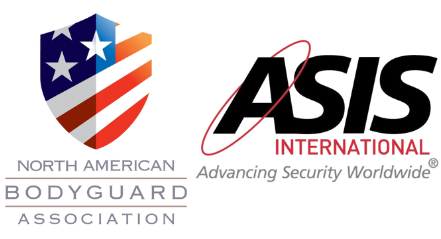Protective security is an essential part of any organization’s risk management strategy. It involves implementing measures to mitigate risks and protect people, assets, and information from harm. A comprehensive protective security program is critical for ensuring business continuity and protecting an organization’s reputation. This article will discuss essential steps for implementing a defensive security program.
Conduct a risk assessment.
A risk assessment is the first step in developing a protective security program. The evaluation involves identifying potential threats and vulnerabilities and evaluating the likelihood and impact of each. A comprehensive risk assessment should consider physical security, cyber security, personnel security, and other potential threats. The results of the risk assessment should inform the development of the protective security program.
Develop a security policy.
Based on the results of the risk assessment, develop a comprehensive security policy that outlines the measures that will be taken to mitigate risks and protect assets. The policy should be based on industry best practices and regulatory requirements and should be communicated to all employees. The security policy should include procedures for incident reporting, incident response, and business continuity planning.
Train employees
All employees should receive training on the security policy and procedures. This should include physical, cyber, and personnel security training. Employees should also be trained on how to respond in the event of an incident. In addition, training should be provided regularly to ensure that employees remain updated with security policy and procedure changes.
Implement access controls
Access controls are essential for protecting sensitive information and assets. Implement access controls that limit access to authorized personnel only. This may include physical access controls, such as locks and keycards, and logical access controls, such as passwords and two-factor authentication. Access controls should be regularly reviewed and updated to remain effective.
Conduct background checks
Conduct background checks on all employees, contractors, and vendors with access to sensitive information or assets. This may include criminal background checks, credit checks, and reference checks. Background checks should be conducted regularly to ensure employees remain suitable for their roles.
Implement monitoring and surveillance.
Implement monitoring and surveillance systems to detect and deter potential threats. This may include security cameras, intrusion detection systems, and security guards. Monitoring and surveillance should be conducted regularly to ensure that potential threats are detected and responded to promptly.
Develop an incident response plan.
Develop an incident response plan that outlines the steps to be taken during a security incident. The plan should include procedures for reporting incidents, containing the incident, and mitigating the damage. The incident response plan should be regularly reviewed and updated to remain effective.
Test and evaluate the program
Regularly test and evaluate the protective security program to ensure it remains effective. This may include penetration testing, vulnerability scanning, and other testing methods. In addition, testing should be conducted regularly to identify vulnerabilities and weaknesses in the protective security program.
Implement continuous improvement
Implement continuous improvement processes to ensure the protective security program remains current and effective. This may include regular reviews of policies and procedures, as well as ongoing training for employees. Continuous improvement processes should be integrated into the protective security program to ensure it remains effective over time.
Maintain compliance
Maintain compliance with relevant industry standards and regulatory requirements. Compliance should be regularly reviewed and updated to ensure the protective security program complies with relevant standards and regulations.
In conclusion, implementing a protective security program is essential for protecting people, assets, and information from harm. By following these steps, organizations can implement an effective protective security program that mitigates risk and ensures business continuity.

